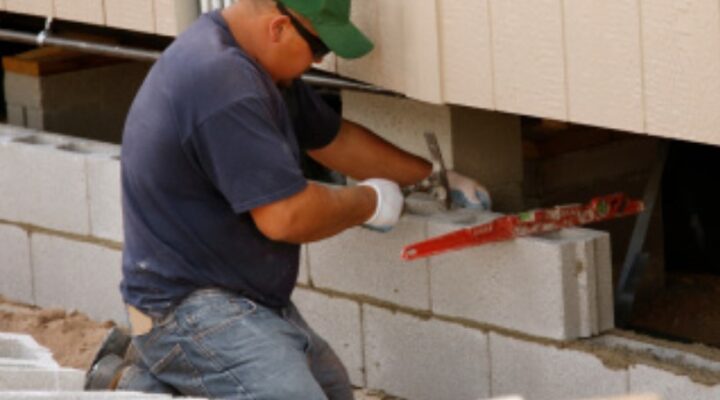
Building a house or buying one will not be of any use if you don’t maintain it properly. If you think that utilizing the best available materials while building your house will ensure its safety forever, you might be living under a rock.
To sustain any item, you have to take care of it properly, and the same applies to your home. Underpinning is a process that adds an exterior footing as a kind of support to make your house more stable and sturdy.
While any house or building is constructed, engineers prefer to initiate the construction from a few inches below the ground level: this acts as a medium of support and helps the building stand erect.
However, underpinning is done after the construction is over. Usually, people take to underpinning when they see a crack in the walls.
If you have been experiencing something similar, or have been thinking about underpinning your house for some time, this article is for you.
A Few Underpinning Methods
● Pretest Underpinning Method
More than an actual underpinning method, this acts as a prerequisite to the mentioned. However, this is only applicable to building switch 5-10 stories.
An excavation leads to the exertion of extra loads on certain compactness on the subsoil. Usually, strip and pad foundations make use of it, but raft foundations avoid it.
Mass Concrete Underpinning Method
This is known to be one of the oldest underpinning methods. It has been in use for over a century.
In this method, a new system is introduced as only an extension to the old one. The soil near the foundation is dug up till they reach a stable level. Then, they fill it with cement and keep it for curing till the next stage starts.
As a replacement for the old pins, they place the new rivets with the help of sand or dry cement.
This is a process ideal for houses with a shallow foundation.
Mini Piled Underpinning Method
This process is usually taken to if the soil is unreliable. It is also used by experts to underpin a house when the foundation leads to an unreachable location.
They insert piles and pillars at least 5m below the foundation on either side of the walls. This way, they try to shift the power from the old structure to the new design.
Depth and Breadth Underpinning Method
This is one of the easiest and cheapest underpinning methods. As the name suggests, it involves the assimilation of the length, breadth, and depth of the house. With the help of some tools, they distribute the weight of the house uniformly between the length, breadth, and depth.
It can be an ideal solution if the house appears to be leaned on a particular side. This method offers the space for a large surface area while alleviating the pressure for the older or defective foundation. This works as an advantage for situations such as this.
Pile Underpinning Method
This process is again quite simple. This process involves inserting two piles on each side of the wall supporting the weak foundation. Then, a needle or a pile cap penetrates the wall joining the two concrete piles. This juncture remains above ground level.
This process deals with situations like water clogging or moistened soil, which ultimately affects the condition of the house.
Cantilever Needle Beam Underpinning Method
This method is quite similar to the mass concrete method. The only difference is that, in this case, the structure of the house needs to be healthy. It doesn’t work for homes with a shallow foundation.
One specific wall is chosen whose foundation they decide to extend by digging deeper than the usual depth. However, it is not repeated for every corner of the house again.
It works faster than the conventional mass concrete underpinning method and carries a more generous amount of load.
However, the depth sometimes reaches an extent that can be found to be uneconomical.
Things you should know about underpinning your house
This section includes a few tips or facts you might want to know about underpinning your house.
- People mostly think that underpinning can only be done to the outside since the footings can easily be accessed from there. In some cases, the engineers have to get inside the house to fix the slabs in the center of the house.
- The time it will take to underpin your house depends largely on the condition of your house. For example, if your house needs anywhere between 10-12 underpins, it will take approximately two weeks. Again, if your whole house needs to undergo underpinning, it might take a month.
- The underpinnings vary with the structure of the house: 50 or fewer years are modern structures; 50-150 years are recent structures and; 150 or more are ancient structures.
To know more about underpinning, log in to https://www.restumpingunderpinningexperts.com.au\
Leave a Reply